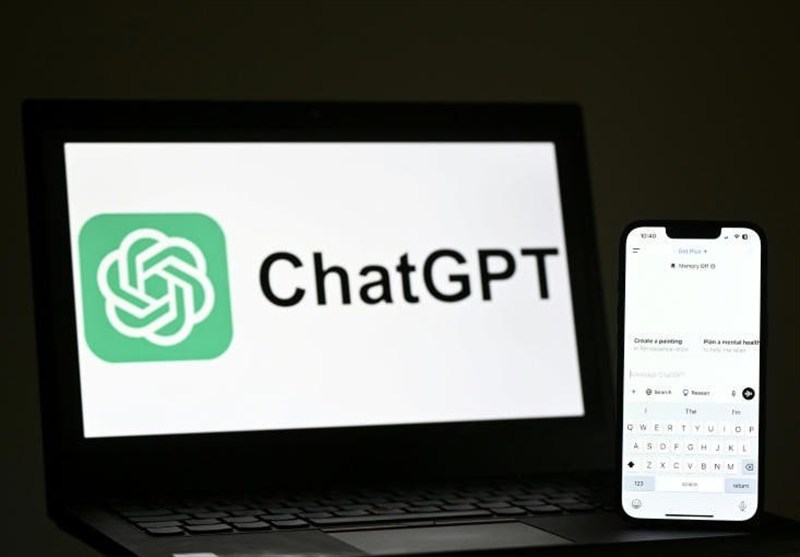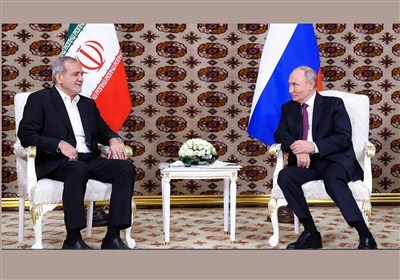AI Disrupts Global Media Ecosystem As Publishers Struggle for Survival
TEHRAN (Tasnim) – The rapid rise of generative artificial intelligence is threatening the already fragile financial foundation of digital journalism, as AI-powered search tools divert user traffic away from news sites, undermining both ad revenue and subscriptions.
Generative AI platforms like ChatGPT are accelerating the decline of independent media by reducing user engagement with original news content.
Online traffic — a key pillar of media revenue — is shrinking as users rely increasingly on AI-generated summaries instead of clicking through to source material.
A recent study by the Pew Research Center found that when AI summaries appear in Google search results, users are half as likely to visit original news articles.
This behavior, driven by convenience and algorithmic design, directly undercuts the traffic-dependent revenue models of news outlets.
Matt Karolian, vice president of R&D at Boston Globe Media, warned:
“The next three or four years will be incredibly challenging for publishers everywhere. No one is immune from the AI summaries storm gathering on the horizon.”
“Publishers need to build their own shelters or risk being swept away.”
The dominance of US tech firms such as Google and Meta has already eroded traditional advertising channels.
With traffic falling, many publishers have turned to subscriptions, but even those models are being strained.
“Subscriptions depend on traffic,” said John Wihbey, professor at Northeastern University.
“Paying subscribers alone aren't sufficient to support major media organizations.”
Despite the challenges, some platforms offer limited opportunities.
Karolian noted that some users now subscribe to the Boston Globe via ChatGPT.
However, he admitted that the numbers are small compared to older platforms, and even less promising through tools like Perplexity.
In response, media groups are turning to “Generative Engine Optimization” (GEO) — a new strategy aimed at optimizing content for AI visibility.
This involves structuring content in ways that AI systems can crawl, digest, and reproduce more effectively.
Yet some question the wisdom of cooperating with AI firms.
“Should you allow OpenAI crawlers to basically crawl your website and your content?” asked Thomas Peham, CEO of OtterlyAI.
Frustrated by unregulated data extraction, many publishers have begun blocking AI crawlers entirely.
“We just need to ensure that companies using our content are paying fair market value,” said Danielle Coffey, head of the News/Media Alliance.
While some licensing deals have emerged — including agreements between Google and the Associated Press, or Mistral and AFP — larger disputes remain unresolved.
The most prominent is the lawsuit by The New York Times against OpenAI and Microsoft, signaling a potential precedent for industry-wide compensation battles.
Nonetheless, some publishers are reconsidering their stance.
“Media leaders are increasingly choosing to reopen access,” said Peham, acknowledging that exposure to wider audiences remains a priority.
But exposure doesn't always mean influence.
According to OtterlyAI, only 29% of citations in ChatGPT responses come from news media — lagging behind corporate websites at 36%.
“We don't see the same reliability weighting with ChatGPT that traditional Google search offered,” Peham said.
Beyond economic implications, the rise of AI-driven news consumption raises ethical concerns.
The Reuters Institute reports that 15% of users under 25 now rely on generative AI as a primary news source, raising fears of misinformation and lack of accountability.
“At some point, someone has to do the reporting,” Karolian said.
“Without original journalism, none of these AI platforms would have anything to summarize.”
Acknowledging this dependency, Google has begun exploring partnerships to feed verified journalism into its AI tools.
“I think the platforms will realize how much they need the press,” said Wihbey.
Whether this recognition arrives in time to rescue collapsing newsrooms remains unclear.






